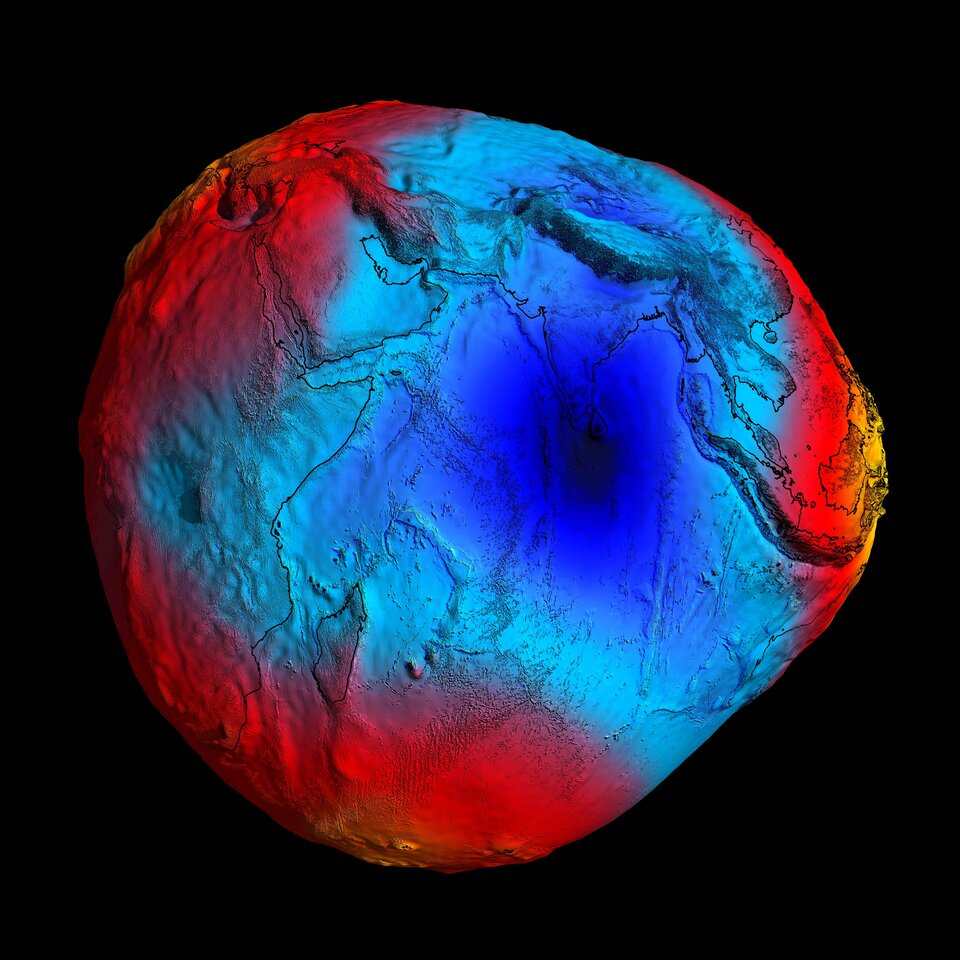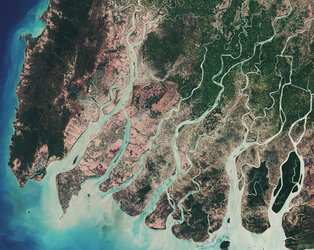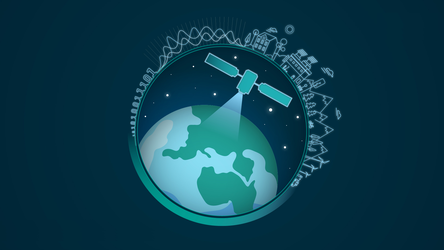Give climate some MAGIC
There are times when we could all do with a bit of magic in our lives. And, with the Global Climate Observing System announcement of ‘terrestrial water storage’ as a completely new Essential Climate Variable, the world of climate research and climate crisis response would certainly benefit from a satellite mission called MAGIC.
The Global Climate Observing System – or GCOS for short – is an international framework that provides status reports and implementation plans to the United Nations Framework Convention on Climate Change.
GCOS’s Implementation Plans set out the basis for the science community to provide the data and information with which to implement the global climate observing system, advance scientific research knowledge, and support climate services and the development of climate indicators.
Importantly, GCOS defines Essential Climate Variables as those physical, chemical or biological variables critical for monitoring a given facet of the Earth system. Observation records of these climate variables are key to understanding and predicting future climate, and to supporting evidence-based decision-making on climate change and to managing associated risks.

Published recently, the 2022 GCOS Implementation Plan and associated Essential Climate Variable Requirements documents add ‘terrestrial water storage’ as a new variable to the current list of 54 Essential Climate Variables.
Terrestrial water storage is the only new Essential Climate Variable to be added.
Terrestrial water storage means the total amount of water stored on land – such as water in ice sheets, glaciers, snow, soil, lakes, rivers and underground. The amount of water stored in any of these reservoirs and how it changes over time is not only linked to climate change, but also has important implications for society – especially for countries at risk of water shortages or at risk of rising sea levels, for example.
The MAGIC mission, which stands for Mass change and Geosciences International Constellation, ties in very closely with this new climate variable.
By measuring Earth’s gravity in detail, MAGIC promises to yield new information on the distribution and motion of water in oceans, ice sheets, glaciers, snow, near the surface and, uniquely among all space sensing technology, also underground.
While ESA and NASA have been working closely for over a decade to develop a joint mission, comprised of a constellation of two pairs of satellites, MAGIC is one of the priorities in the FutureEO Programme Proposal at ESA’s Ministerial Council in November.
Uniquely, ESA’s world-leading FutureEO programme carves out the long-term vision for Earth Observation. This forward-looking research and development programme, harnesses novel ideas and concepts to forge pioneering satellite missions to understand the Earth system for a more sustainable future.
Commitment by ESA’s Member States to FutureEO and to MAGIC is important to taking this exciting mission further forward.


Access the video
MAGIC builds on the solid heritage of measuring gravity from space laid down by ESA’s GOCE mission, which yielded a high-accuracy geoid, meaning the surface of equal gravitational potential defined by a hypothetical surface of the global ocean at rest that extends under continents, and by the US–German GRACE tandem satellite mission and GRACE Follow-On mission, which measured gravity variations over time to reveal large-scale mass transport processes inside the Earth.
MAGIC would take measuring gravity from space to the next level, particularly thanks to its ability to zoom in on mass change, mass exchanges and water transport processes with enhanced spatial and temporal resolution and accuracy.

MAGIC’s enhanced observations are essential to helping meet the demanding new requirements for monitoring terrestrial water storage as an Essential Climate Variable, as defined by GCOS.
These requirements simply cannot be met by today’s GRACE Follow-On mission. MAGIC, however, could take on the responsibility of providing enhanced observations of mass change from space that are closer to satisfying GCOS’ requirements.
For example, the requirement for daily global observations that are needed for early warnings of floods would benefit from MAGIC.
While providing a better understanding of our Earth system, MAGIC’s highly-accurate daily global observations would also open the door to novel operational applications, such as early warnings of other extreme events such as droughts.
The reason for using gravity measurements to map water storage and how it moves might seem odd, but fluctuations and redistribution in water reservoirs and changes in ice mass actually cause tiny temporal variations in the strength of our gravity field that can be monitored from space. Additionally, MAGIC measurements will also be used in applications to other Earth mass changes, for instance those occurring in earthquakes.
In the meantime, ESA’s continued Climate Change Initiative, framed within the new Climate Space Programme Proposal at ESA’s Ministerial Council, is considering adding terrestrial water storage to its list of 26 Essential Climate Variable projects.
The initiative realises the potential of the long-term global Earth observation archives that ESA has established over the past 30 years as a significant and timely contribution to the databases required by the United Nations Framework Convention on Climate Change.












